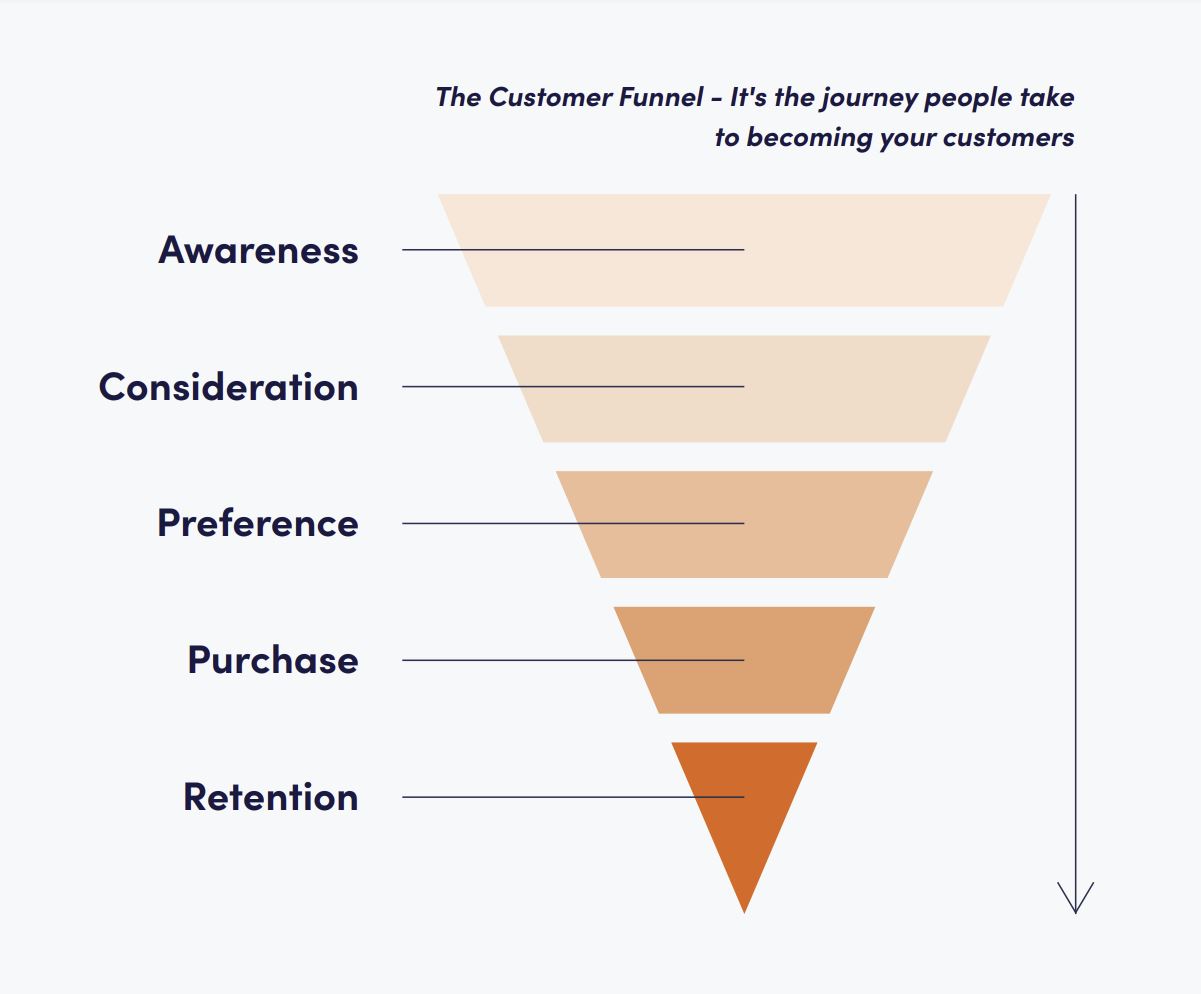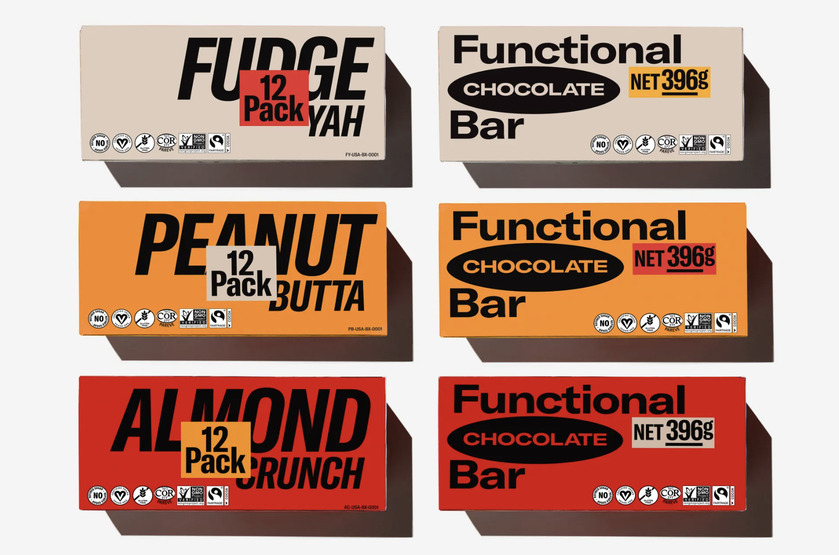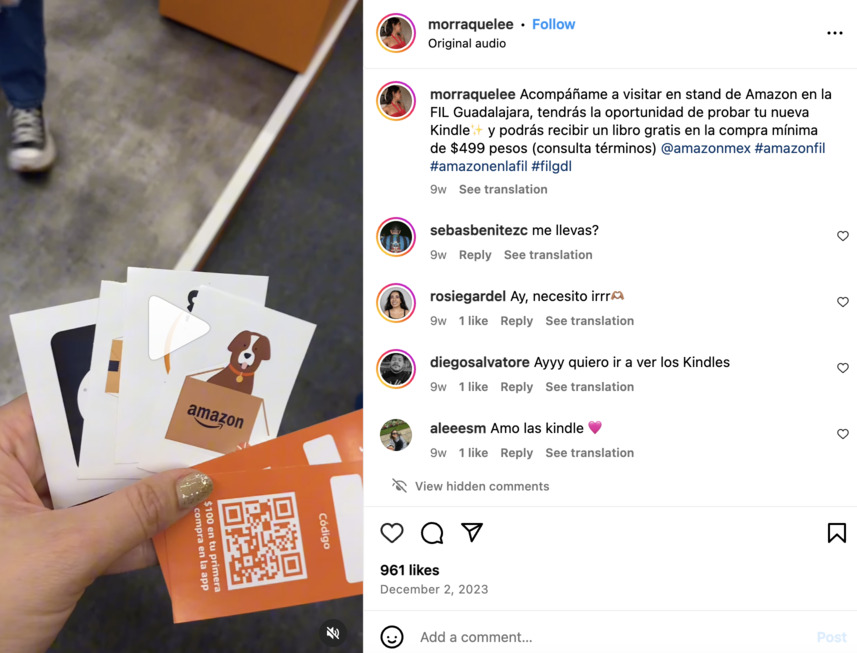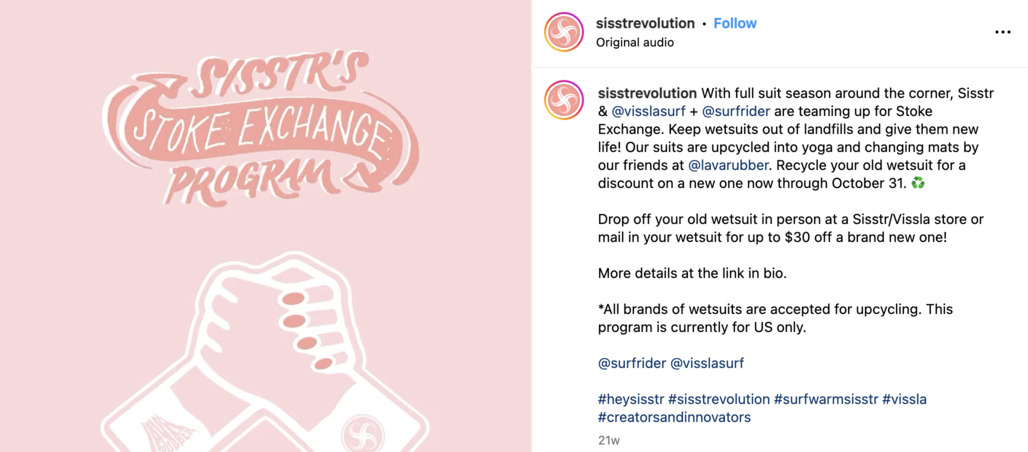Your small business is your child. Let’s go back to where it all started. It probably came up to you as a passionate idea, a long-time dream, or a random aha moment. Whatever the case, when everything is brand new and unknown, the possibilities ahead are endless.
A perk of starting a small business is that you don’t need to take huge leaps to progress. Small steps are the way to go; even the simplest decisions can translate into growth.
You know what’s a good point to take off? Marketing for small businesses. Making wise choices around it is a must if you intend to take your small business to the next level.
It also comes with plenty of benefits, which I’ll tackle next. Besides, I’ll go through some proven strategies, tips, and marketing ideas for a small business. Tap into your development and make the most of your own, unique brand.
The Benefits of Marketing for Small Businesses
The benefits that a marketing strategy brings to a small business can’t be underestimated. From the very beginning, it’ll help you get noticed by your future customers and convert their interest into increasing profits.
The following are just a few of the many benefits you can gain from implementing a winning marketing strategy in your business plan.
Create Brand Awareness
Creating brand awareness is the first step towards growth.
How else will you gain new clients? Brand awareness is much more than just people noticing your business.
It consists of the familiarity the customers have with your brand, and how easily they’ll remember you by associating certain products, words, colors, or vibe with your business.
One of the great benefits of applying the right marketing strategies is to achieve brand awareness.
To do so, detect the one thing in your product or identity that none of your competitors have, and communicate it. This is your strong point and what will differentiate you from others when it comes to the customer’s decision.

Build Your Credibility
Once your target audience is aware of your business, the next step is to make sure your brand is reliable. There’s no point in having a big reputation if that doesn’t play in your favor.
One of the ways to build credibility is by asking for feedback and online reviews. I’ll cover this in more detail later on, but to sum it up, reviews make you look realistic.
You can talk all you want about the pros of your business, but people will most likely believe previous customers who speak from their own experiences.
Increase Customer Engagement
Convert the user’s interest into actionable engagement following a couple of tips. Add a real-life example supported with a graph.
This has to do with, first and foremost, knowing what your target audience actually wants and needs from what you can offer – it comes hand-in-hand with brand awareness. Once that’s clear, make sure they know it.
Increasing your customer engagement can be done in several ways, such as interacting with potential clients by starting conversations online and following up on what they have to say. To do this, social media marketing for a small business can do wonders.
Boosting Your Sales
So the clients are familiar with your business, they believe it’s reliable, and have already engaged with it at some level. But all of that is pointless if you’re not selling more.
Boosting your sales is the ultimate goal when building a small business, and also the final outcome when you follow a well-crafted marketing plan.
I can’t stress enough how important it is to apply the right marketing strategies for your business. There are hundreds of things you can do, but the following are proven actionable marketing ideas for a small business.
10 Proven Strategies to Make a Big Impact With Your Brand
Now that we know the benefits, it’s time to know what we can do to make sure these are the result of our small business marketing plan.
As I mentioned above, these are some of the many strategies that you can use to grow your brand, company, or startup. Let’s take a look!
1. Write Down Your Goals
You may have a general idea of what you want for your business, but nothing will give you more clarity than writing it down.
These are the steps you can follow:
- First, set a long-term goal. Don’t be afraid to dream big!
- Now, choose around two midterm goals to take it step by step. Make sure these are measurable, specific, and time-sensitive.
- Lastly, go for two or three short-term goals that are also measurable. These should be attainable with smaller actions that are within your reach to make things happen in a short period.
Keep in mind that those who very vividly describe their goals are 1.2 to 1.4 times more likely to accomplish them.
The next thing is putting them in a visible place, like the wall in front of your workstation, on top of your desk, or any other spot where you know you’ll see them.
Remember, it’s okay to make adjustments along the way. After all, you’re writing them on paper, not in stone!

2. Know and Understand the Market You’re Targeting
A business’s success may depend on how well it fits within its niche. You could have the most creative, well-planned business in the world, but if you’re not targeting the right market, it could inevitably fail.
To identify and understand your target market, pay attention to people’s behavior. Ask yourself the right questions, such as: \
- Who needs and wants what your business has to offer?
- Which age groups do they belong to?
- Where do they live?
- What do they spend their money on?
You can look up this information on market research-oriented websites, or use data analysis tools to gather this information. I’ll talk about some of these further in the article.
3. Craft Unique Branding
Visual identity is often the first hook to attract clients. In fact, it’s one of the key points of marketing for small businesses that you can work on to achieve brand awareness.
If you see that your competitors are using similar color palettes or typography, or simply creating the same kind of content, it’ll be hard to stand out going down the same road.
Think outside the box and craft a compelling branding strategy that no one else has.
Picture the traditional protein bars you find on grocery store shelves. What colors do they usually go for? Are green and brown among them? If the answer is yes, why not try something else? Well, that’s what Mid-Day Squares did.
As stated in the Mid-Day Squares website, they make snacks with the pros of protein bars but the yums of chocolate.
According to Meat, the studio behind their branding, Mid-Day Squares evokes “a sense of style and attitude that other chocolate or energy bar brands lack”.

While this brand’s expansion to over 8000 stores across North America is the result of much more than just branding, it’s hard to deny that its bar doesn’t stand out from the rest.
As long as you’re clear on what you do, making bold choices will help you take a step aside from the crowd – and this rings true to both digital and tangible products. In fact, studies have pointed out that using a signature color can result in an 80% increase in your brand recognition.
4. Choose the Channels that Make Sense With Your Brand
There’s no point in having all the social media profiles if you’re not going to make the most of each. What if your public isn’t there?
That being said, this doesn’t mean you should stick to a single channel. More than nine out of ten marketers leverage more than one marketing channel.
Diversify, but do it wisely. Be selective. To choose the right channels for your business, pay attention to your target audience.
Where do they search for products or reviews: is it Facebook, Instagram, Trustpilot, or a quick Google search? How do they contact the providers: do they make a phone call, open a WhatsApp chat, or send an Instagram DM?
Once you spot the main channels that your customers are comfortable with, make sure to establish a presence in those.
5. Ask for Feedback
Remember earlier I talked about building your credibility as one of the greatest benefits of marketing for small businesses ? Well, this is the strategy that’ll help you get there.
Online reviews are your best friends. Feedback is the way to see through others’ lenses and identify new opportunities.
Users will want to know how well your business satisfied other people with the same needs as them. Good reviews will get potential customers closer to you. Bad reviews, on the other hand, may not be the best client-magnet, but they will show you where you can do better.
One of the most successful businesspeople ever said it himself: “Your most unhappy customers are your greatest source of learning” – Bill Gates.
6. Automate Processes
Automation is the future. The global marketing automation market is projected to reach $13.71 billion by 2030.
There are many cheap or even free tools online that’ll help you automate processes, like marketing automation software, newsletter platforms, and content management systems. This is a smart and simple way to do more in less time.
Maybe technology can’t replace some of the things we like to do with human resources. But there will be parts of the job that can, in fact, be even better when you automate them.
Let’s say you periodically publish social media posts to remind your customers of new offers. Someone does this manually every single time, but one day, the Wi-Fi connection fails abruptly just when they need to publish an important deal.
If that person automates all the posts for the week ahead, many inconveniences are avoidable.
Automation will save you time and let you focus on other tasks that require more attention and customization.
7. Have an Offline Presence
While the focus is often on online marketing for a small business, your clients live in the real world.
Having an offline presence doesn’t mean spending money on old-fashioned advertising, but putting the word out there. Go to events of the niche you perform in, and try to connect with other people who own businesses similar to yours.
What about attending a trade show and organizing a giveaway among attendees? They can participate in exchange for a follow to your page or by subscribing to your newsletter.
This can work because, being attendees of an event in the niche, it’s likely that they’ll be interested in learning about your product and participate for a free sample, a discount, or something similar.
Even Amazon, having one of the biggest names in the digital business world, does this. Although their books are meant to be read on a Kindle device and downloaded online, they still go to book fairs where attendees can get discounts and browse their catalog.

Still in 2022, 65% of businesses said trade shows were an invaluable part of their marketing strategy. There’s something about networking in person that LinkedIn just can’t match!
8. Run Collaborations With Other Brands That Have Similar Goals
If you think networking is effective, try taking it to the next level and collaborating with a business that complements yours – and vice versa.
This is one of the most effective tips of social media marketing for a small business. An overwhelming 71% of consumers have positive feelings about brand collabs.
Some businesses of the same niche will be direct competitors, fighting for the same share of the market that you have or want. But some others will cover different needs than yours, and can make great partners to help each other grow!
Your customers will be happy to get to know another brand that they find helpful. Moreover, the right collaborations will bring you the most valuable asset, something you can’t really put a price on: credibility.
These collaborations can come in the shape of deals, prizes, a joint-product offer, or even social media content. You can come up with so many ideas. After all, two businesses think better than one.
Here’s an example of that. SISSTR describes itself as a modern women’s surf brand.
In February 2024, the business holds a +50k follower base on Instagram. Based on their posts, collaborations with bigger brands of the same niche have become a marketing strategy they often go for.

9. Stick to Your Identity, But Embrace Change
The needs and wants of the market may change, and your business should keep up with it. This doesn’t mean you have to change your values or your brand’s identity.
Actually, 62% of consumers say that brands’ values are important when making purchase decisions, so no matter what, stick to them.
Adjustment can be subtle and still have a big impact. It’s key to stay true to your brand so that any given change still makes sense with your long-term goals, or even so, with the reason why it all started. This can change too, but it doesn’t have to if you don’t want to.
10. Measure Your Growth
It’s key to know the current status of your goals, how far you’ve come, and what else needs to be done. There are online tools that can help you with this.
Don’t leave it up to trial and error. Lean on hard data, metrics, and analytics that can show you the small, big differences in your performance month to month (or any period of your choice).
Compared to the previous period: how much has your follower base grown? How many products did you sell? How much money did you earn? What does user retention look like?
In the next section, I’ll talk about some tools that can help you find the answer to these questions.
Tips to Start Applying the Best Strategies for Your Business
There’s a world out there of tools that are helpful in online marketing for a small business. These can be used to make your job easier, for low or cheap prices. These include:
Ubersuggest. It’s a platform where you can do content and keyword research. Use that information wisely to rank higher in search results and be more visible. It’s an organic way to reach potential customers.
Statista. This tool gathers a large collection of statistics, reports, market insights, and more. You can try it to better understand your target audience and craft your marketing plan accordingly.
Meta Business Suite. This is what I call the digital headquarters of your Facebook and Instagram business pages. It’s peak social media marketing for a small business. You can automate your posts, make collaborations and campaigns with other brands, and get useful analytics of your page’s performance.
Think with Google. It’s another alternative to understand and identify your target market. There are other cool features, such as trends information and a business’s insights finder.
Envato Elements. This is a all-in-one creative subscription to get professionally-designed, customizable assets. With a library of over 17 million items, you can create anything from social media posts and videos to branded presentations and flyers.
Unlock Your Small Business’ Full Potential
We went through the desired benefits that you’ll get from applying the right marketing strategies to build your business plan. These marketing ideas for a small business are proven and popular for a reason: if done right, they’ll be a big help to boost your growth.
Go back to them as much as you need, and once again: don’t be afraid to dream big!






